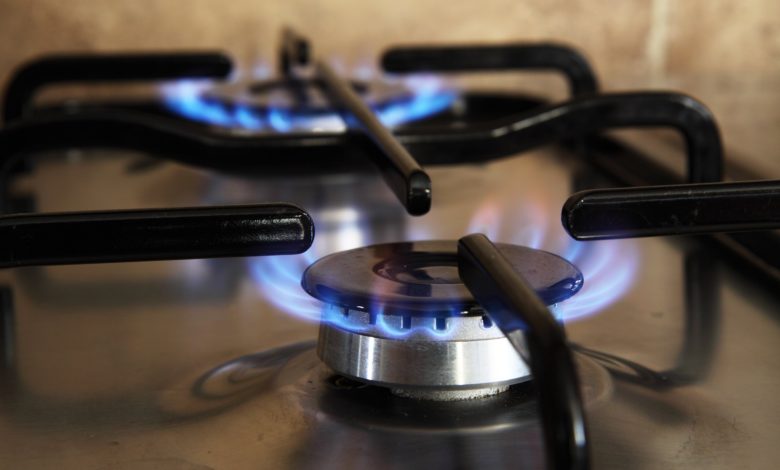Rising energy and food costs push inflation to 11.1%
The prices of low cost food items rose by 17% in the 12 months to September 2022 with the largest increases being for vegetable oil (65.2%), pasta (59.9%) and tea (46%).

Inflation has risen to a 41-year high of 11.1% in October, according to data from the Office for National Statistics (ONS).







